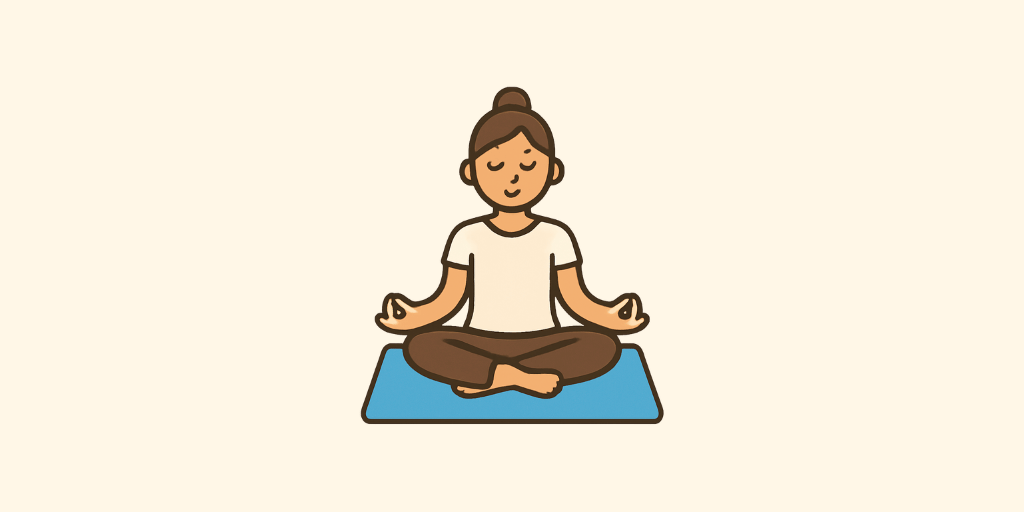Sanskrit Name : योगासन
English Name: Yoga Pose
Description:
Yogasana refers to the physical positions practiced in yoga, aimed at stretching, strengthening, and aligning the body. These postures promote both physical and mental equilibrium. The term Yogasana is derived from two Sanskrit words: Yoga (योग), which signifies “union,” “discipline,” or “a state of balance or harmony,” representing the integration of body, mind, and spirit. Asana (आसन), meaning “pose” or “posture,” pertains to any physical stance used in yoga practice.
Thus, Yogasana translates to “Yoga Posture” or “Yoga Pose,” encompassing any physical stance performed during yoga. Nowadays, Yogasanas are practiced across various styles and schools, including Hatha Yoga, Vinyasa Yoga, Ashtanga Yoga, Bikram Yoga, and Iyengar Yoga. These postures are widely adopted in yoga classes globally, recognized for fostering physical strength and mental clarity. Yogasana is fundamental to yoga practice, forming the physical basis of yoga’s holistic approach. It has transitioned from a mainly meditative discipline to a comprehensive practice for enhancing health, promoting inner peace, and deepening spiritual awareness.
Benefits:
Yogasana offers numerous therapeutic benefits, including improved flexibility, strength, and balance. It helps reduce stress and anxiety, enhances mental clarity, and promotes emotional stability. Regular practice can alleviate physical ailments such as back pain, headaches, and digestive issues. Additionally, specific asanas can target particular health concerns, fostering overall well-being and encouraging a holistic approach to health.
Medical Conditions(Avoid):
- Pregnancy: Many asanas can put undue strain on the body during pregnancy, particularly those that involve lying on the back or twisting the abdomen.
- Severe Back Pain or Injury: Individuals with acute back pain or serious spinal injuries may exacerbate their condition with certain asanas that require bending or twisting.
- Recent Surgery: After any surgical procedure, particularly abdominal or orthopedic surgeries, one should avoid asanas until fully healed and cleared by a healthcare provider.
- High Blood Pressure: Inversions or poses that elevate the heart rate may not be suitable for those with uncontrolled hypertension.
- Glaucoma: Inverted poses can increase pressure in the eyes, making them risky for individuals with glaucoma.
- Carpal Tunnel Syndrome: Weight-bearing poses on the hands can aggravate this condition, causing pain and discomfort.
- Severe Asthma or Respiratory Issues: Certain asanas may restrict breathing or require holding positions that could trigger symptoms.
- Hernia: Poses that involve heavy twisting or straining can worsen a hernia condition.

